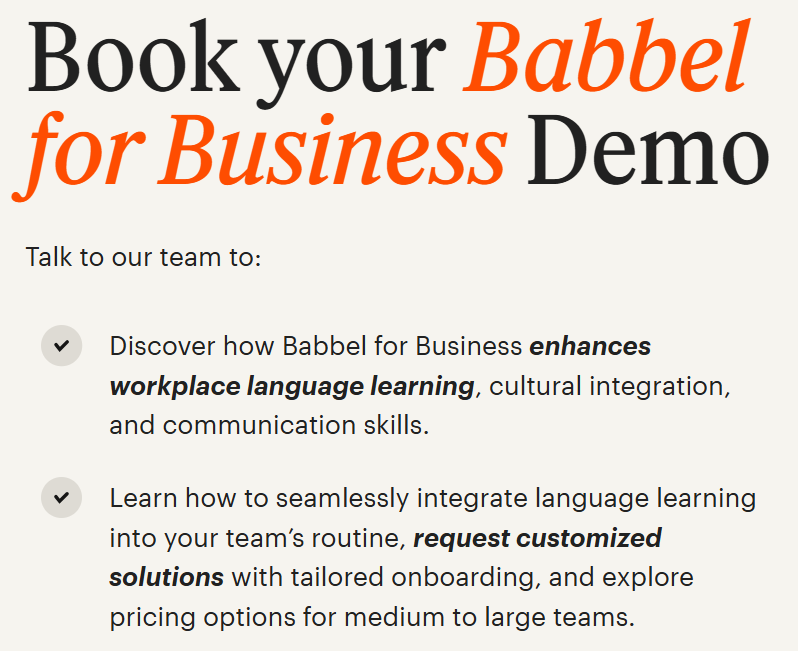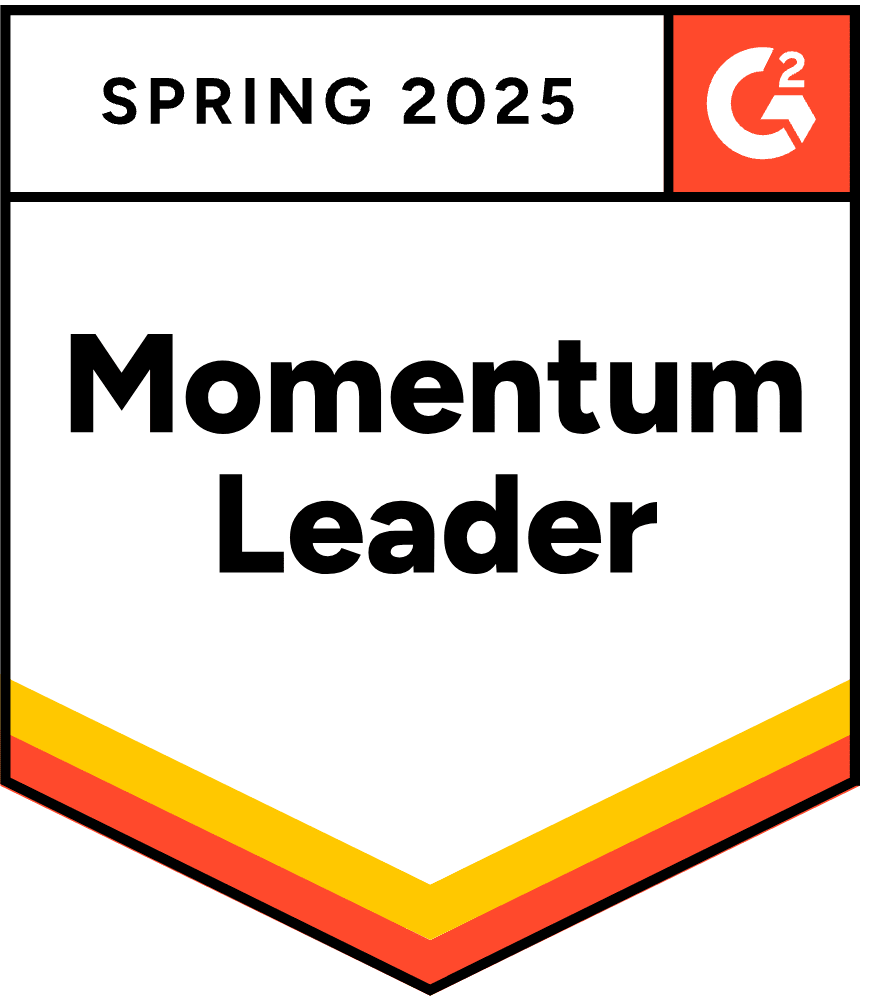You’ve sourced a language training program, gotten budget approval, and sent out the company-wide Slack announcement. But weeks later, you’re still refreshing your LMS dashboard, wondering why engagement is stuck at 7%.
Sound familiar?
The truth is, most corporate language training programs fall into the same trap: they’re built for the company, not for the people who actually have to use them. And when the content feels too generic, too theoretical, or too disconnected from real work life, your employees won’t engage—no matter how many reminder emails you send.
So how do you build a language training program that employees will actually use (and love)?
Here’s the blueprint.
1. Start with the “why” that matters to them
If you’re framing the program around long-term fluency or broad cultural competence, employees might nod along—but they won’t feel urgency.
Instead, center the program around their real-world needs. Can they onboard a new Spanish-speaking team member more confidently? Communicate more clearly during safety briefings? Understand patient requests without calling in a translator?
Language becomes a lot more motivating when it solves today’s frustrations—not just someday goals.
2. Make it part of the day—not a whole extra task
Most frontline and operations-based employees aren’t sitting at desks with an hour of “learning time” carved out each week. They’re squeezing in skills training between shifts, meetings, and family life.
That’s why short, frequent, mobile-friendly sessions win every time. (Think 15 minutes a day, not 90 minutes a week.) Bonus points if you give them app-based lessons that can happen during a coffee break and live support when they’re ready to go deeper.
3. Use a blended model—not just an app
Language apps are great. But they’re not magic.
Without structure, support, or any social interaction, most learners won’t stick with them. A blended approach—with app-based learning, live virtual classes, and optional coaching—gives employees both flexibility and accountability.
It also helps them go from passive learning (tapping through vocab cards) to actually using the language in conversation. That’s where confidence builds—and where you start to see real business results.
4. Keep your language training program relevant to the job
Don’t send a healthcare team through modules about ordering food at a French restaurant. (It happens more often than you’d think.)
The best programs include industry-specific content from day one. That includes job-specific vocabulary, realistic dialogue, and cultural nuances that apply directly to your team’s day-to-day environment.
At Babbel for Business, for example, our curriculum is customizable based on your industry—from healthcare to hospitality to construction—and we use human instructors who adapt to learners’ roles and experience levels.
5. Make success easy to track
“Fluency” isn’t a helpful KPI. But confidence, consistency, and applied skills? Those are measurable.
Set goals your team can actually hit—like completing 3–4 lessons per week, joining one live session a month, or learning key phrases for their role. Then celebrate wins early and often, so the momentum keeps building.
6. Get early adopters on your side
Your secret weapon? The employees who are already excited about learning a new language.
Identify a few champions—people who are enthusiastic, well-respected, and ready to give the program a try. Let them pilot the experience and share their feedback publicly. Word of mouth still works, especially when it comes from someone your team trusts.

Ready to build a language training program your team will actually use?
Talk to our team to see how we can tailor a solution for your workforce.






